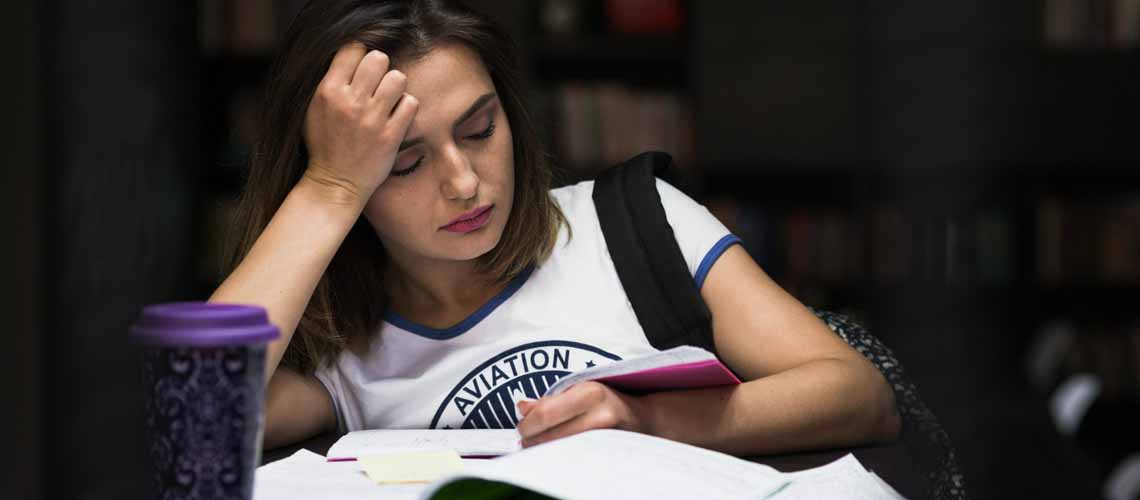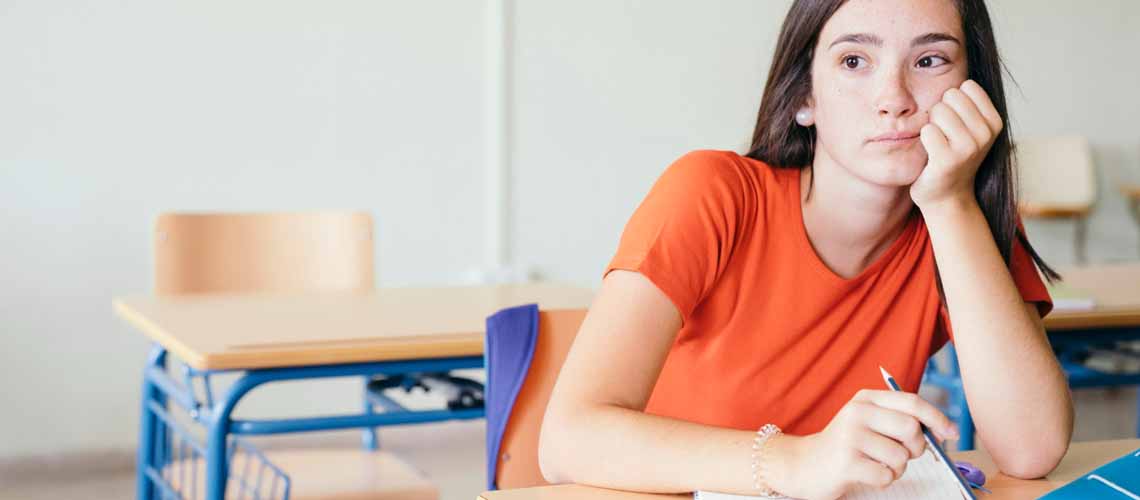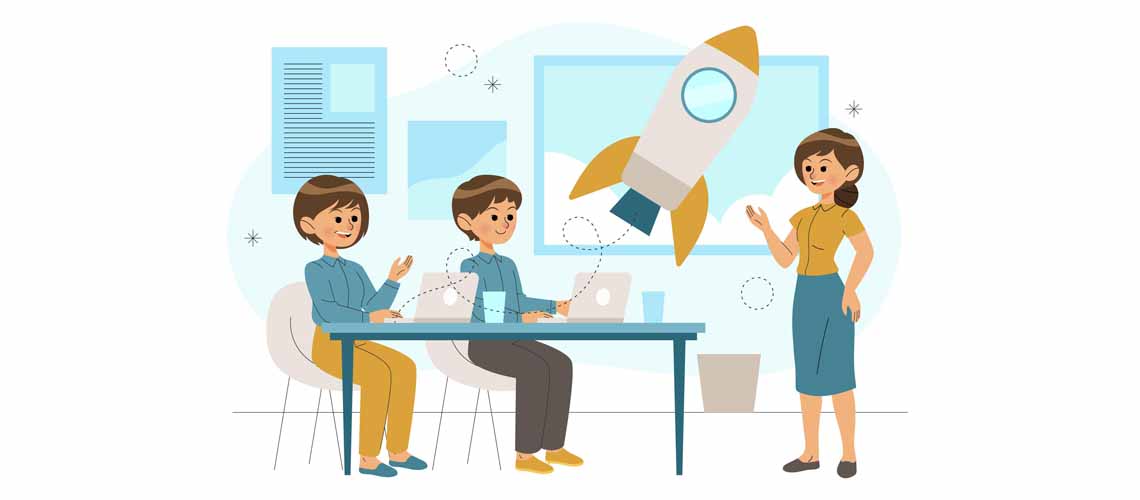Unlike Western countries, there is a large gap between government-funded (public) and private schools in India in terms of the quality of education, curriculum, cost considerations, support for special needs, and other facilities offered. The choices available are many, and each school has its own advantages and disadvantages.
Private schools are funded through private sources and usually feature smaller student-to-teacher ratios to ensure individualised attention. They enjoy autonomy and are free to set their own curriculum and admission criteria. They can offer unique curricula, such as Waldorf, Montessori, or International Baccalaureate courses. They may also emphasise STEM subjects and employ flexibility in their teaching methods.
Public schools, on the other hand, are funded by taxpayers and are usually free for students. They must abide by government rules and follow a more standardised curriculum. Public schools also offer special education services, programmes for gifted children, and vocational training. Many public schools provide extensive extracurricular opportunities, such as sports, arts, and music. Students come from diverse backgrounds and are exposed to a variety of perspectives.
Each school has its pros and cons, and in this blog, we will explore the differences:
Main differences between Private and Public schools in India
Ownership
Public schools are owned by the government and funded at the central or state level. Financing is provided through taxes and government subsidies.
Private schools are owned by individuals, groups, or trusts and rely on tuition fees and other private grants to fund them.
Cost and Affordability
As public schools are funded by the government through taxes, the tuition fees are lower than those of private schools, and they aim to educate a larger segment of society. This funding can vary from district to district, leading to a gap in resources and opportunities. Public schools are generally easier to access and cater to rural areas as well.
Since private schools depend on private funding, they charge higher tuition fees. Parents must assess whether it suits their budget and priorities. It is possible to find good private schools at an affordable fee structure, but they may have more stringent entrance criteria. Some private schools offer financial aid and scholarships to help with tuition fees. Parents should also consider hidden costs that may add to the expense.
Curriculum
The uniform curriculum and government-approved textbooks of the Central Board of Secondary Education or State Boards are followed by public schools.
In contrast, private schools can choose their own curriculum, such as the International Baccalaureate or Cambridge International Examinations. Many private schools also follow boards like the CBSE or ICSE.
Quality of Education
Private schools may offer individual attention and better resources, but public schools can also provide rigorous academic programmes.
Private schools often have fewer students per class, but public schools may have more resources to offer advanced courses and employ skilled and qualified teachers.
Learning Environment
Private schools aim to foster strong teacher-student bonds and develop a sense of community through their small class sizes. They focus on discipline and instil values.
Public schools have a diverse set of students and provide equal educational opportunities to all. Students are exposed to different cultures and backgrounds and learn inclusivity and tolerance.
Infrastructure
Public schools may lack infrastructure due to limited resources, especially in remote locations. They are working hard, along with government-funded programmes, to overcome this and upgrade their buildings and technology, but there is still a long way to go.
Private schools, in comparison, offer world-class education with quality facilities such as well-equipped laboratories, libraries, sports facilities, and recreational areas.
Student-To-Teacher Ratio
Public schools often have larger class sizes, which may hinder personalised attention due to a higher student-to-teacher ratio.
Private schools typically feature smaller class sizes, which allows students to receive personalised attention. They are able to provide a more active learning environment due to the reduced teacher-to-student ratio.
Extracurricular Activities
Extracurricular activities are important for a child’s overall development, and private schools offer a variety of them. Public schools can also provide these activities at a lower cost.
Special Education
Public schools are required by law to provide support for students with special needs. Some private schools also cater to students with special needs. Parents should research the programmes offered by both types of schools.
Parental Involvement
Some private schools encourage and even insist on parent participation, while public schools may take a different approach. Though important, parents should consider how it might affect their time and resources.
Each type of school comes with its advantages and disadvantages, and your decision has to be based on your priorities and the unique requirements of your child. Other factors to be considered are quality of education, cost, environment, parental involvement, extracurricular activities and special needs support, to name a few. Schools should focus on the holistic development of the child and ensure individual attention. For more information on the pros and cons of both schools, you can log into the EuroSchool website.









